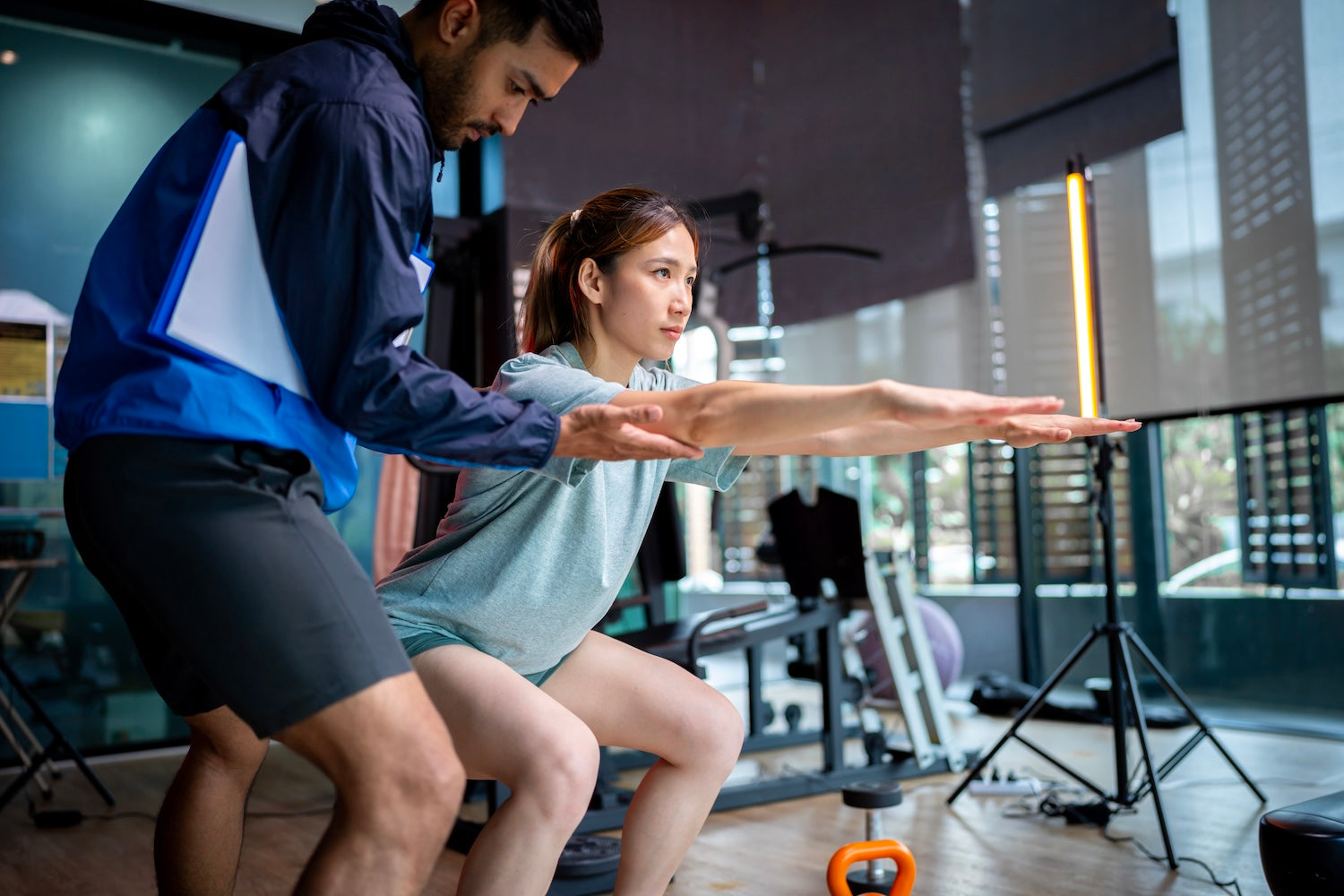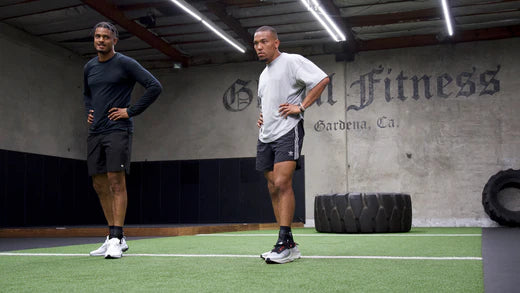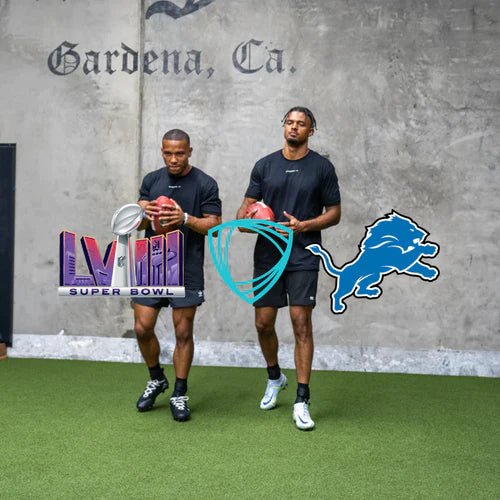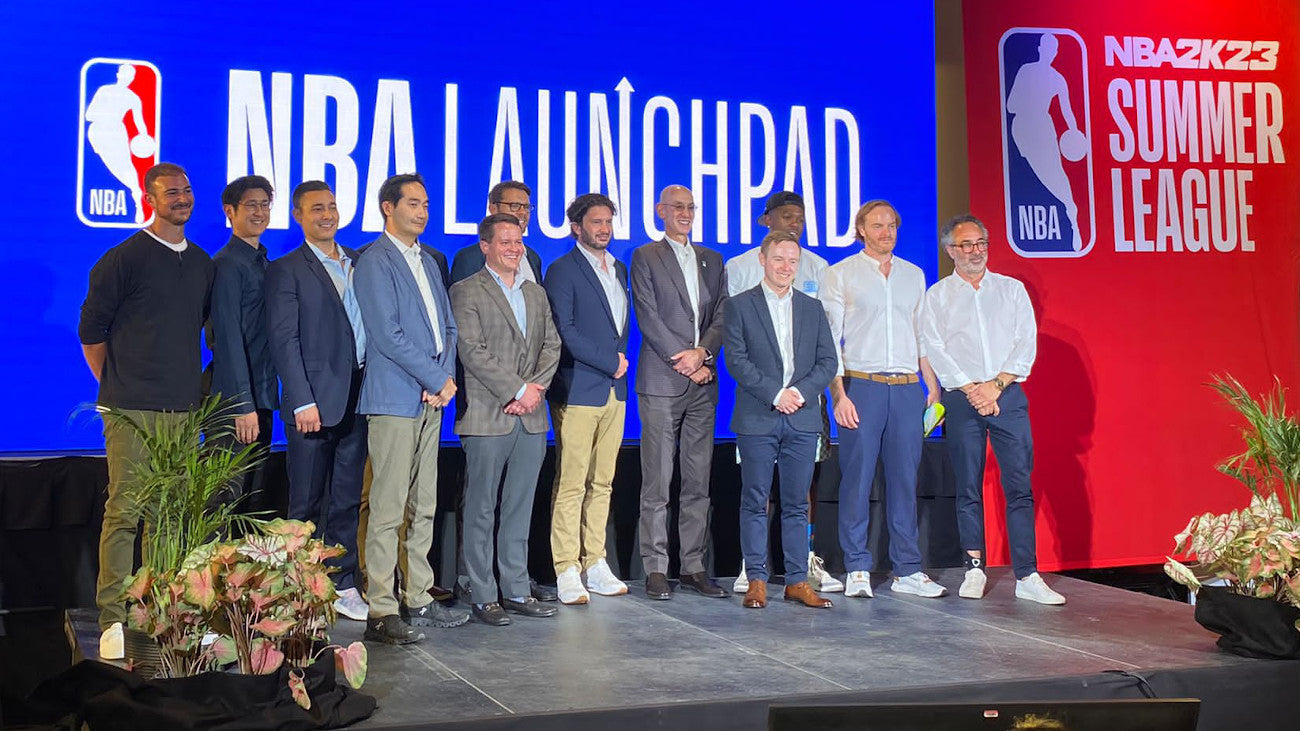Mobility training protects your joints, improves your technique, and makes you more flexible. We not only provide you with the right know-how, but also tools that protect you from injuries in everyday life and during sports.
Mobility training – what's really behind it?
Mobility training is not just about stretching a little. It's about actively controlling your entire range of motion. You move purposefully through joint positions where many people already buckle – literally.
You may be wondering: What exactly is mobility training? It combines flexibility with stability in dynamic exercises. Unlike static stretching, it builds functional strength for clean movements in everyday life or sports.
It's especially worthwhile for mobility training beginners to get started: you reduce your risk of injury and become more flexible without losing control.
Why you'll eventually reach your limits without mobility training
Your body only works as well as its weakest joint. If you lack mobility in your ankle, your hip compensates. If your hip is blocked, your back takes over – and that's where the trouble starts.
Without targeted full-body mobility training, there will come a point when you can't go any further. During training. While running. Or even just putting on your shoes.
It's not just your legs and pelvis that need room to move. Throwing, lifting, and pressing also require proper upper body mobility training. Otherwise, you'll be working with strength instead of control and, in the worst case, you'll end up in rehab sooner than you'd like.
With these mobility exercises, you can train your flexibility
Your flexibility won't improve by sitting around or doing passive stretching.Mobility exercises that challenge you but don't overwhelm you are ideal.
You don't need a gym to do these exercises. Many mobility training exercises can be done right at home without any equipment. It's important to train regularly and view your body as a whole. That's why full-body mobility training is so beneficial – it's clearly structured according to different areas of the body.
Here are three effective exercises that you should definitely try:
- Ankle: Knee-to-toe drill for better foot control
- Hips: 90/90 switch for rotation and pelvic stability
- Upper body: Wall slides to open the thoracic spine
These mobility training at home sessions offer more than just five minutes of stretching. They not only help you become more flexible, but also more resilient.
More safety with every movement – with Betterguards
You train hard for more mobility, but what happens when your ankle becomes unstable? This is exactly where The BetterGuard comes in. The adaptive orthosis protects your joint without restricting your freedom of movement.
Especially when it comes to mobility before or after training, you need to have confidence in your structures. In rehab or when returning to training after an injury, it's not about breaking records, but about control.
Whether explosive changes of direction, quick stops or messy landings – the BetterGuard reacts faster than your body and gives you the stability you need to continue in a controlled manner.
Mobility is important. But so is safety. Combine both in a sensible way – and you'll stay in the game longer.
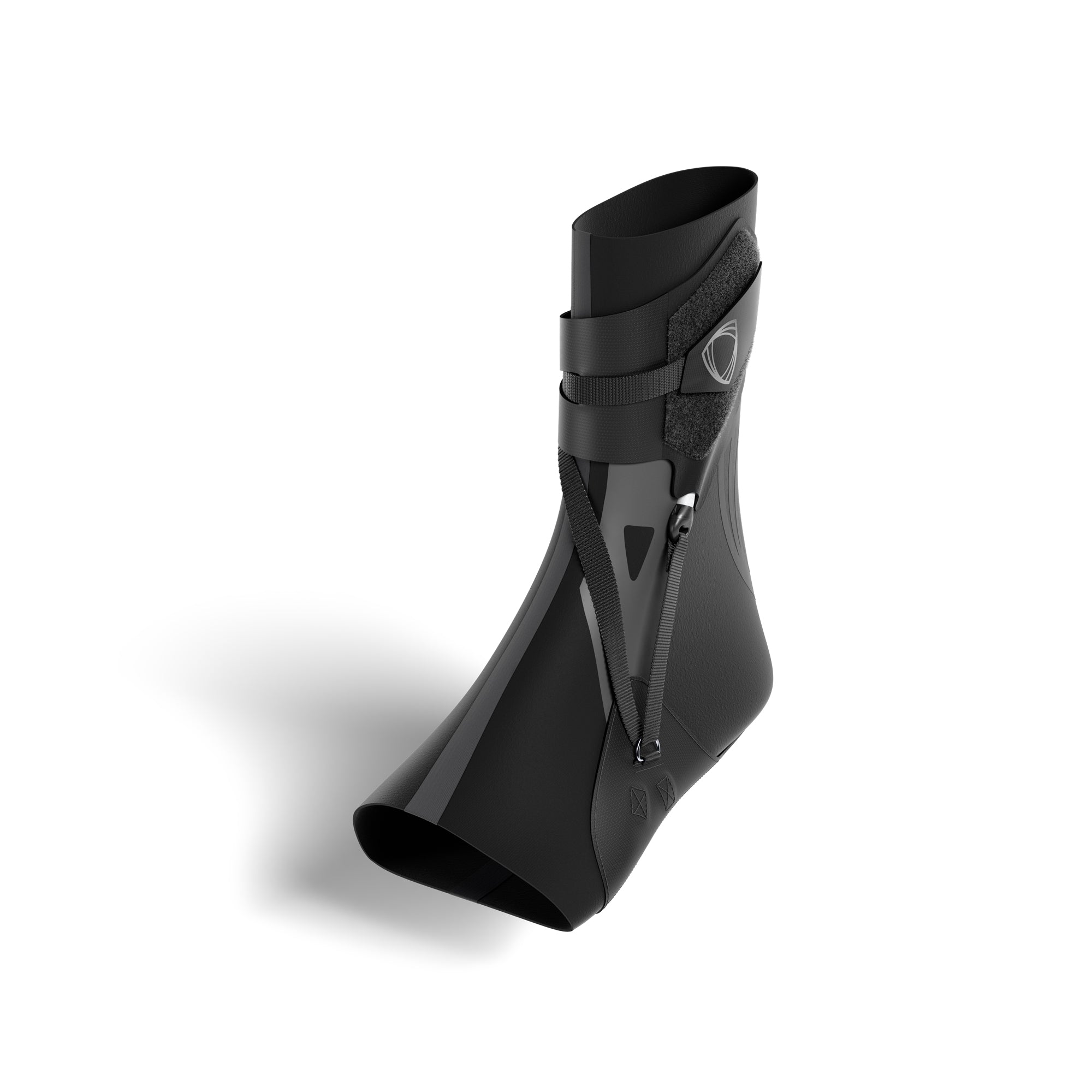
The perfect combination: mobility training & Betterguards socks
For mobility training at home, you don't need a mat or a gym – just a firm footing. That's exactly what Tru Comfort Socks provide.
Whether you're doing jumping exercises, support positions or heel mobilisation, these socks give you grip without losing the freedom of movement of bare feet. No slipping, no twisting.
When training barefoot, small details make all the difference – such as the reinforcement on the sole of the foot or the snug fit. More control. Less uncertainty.
Conclusion: Stay consistently mobile with the right setup
Without mobility, strength is of little use. Mobility training ensures that your body stays in motion – in a controlled manner.
Don't make the mistake of waiting until after an injury to start. Better: start today with targeted exercises, clear routines, and the support of Betterguards.
Orthotics and socks are not gimmicks – they are tools. For clean, safe training.
Train in a controlled manner, protect yourself in a targeted way – and get the tools that really deliver what they promise.

